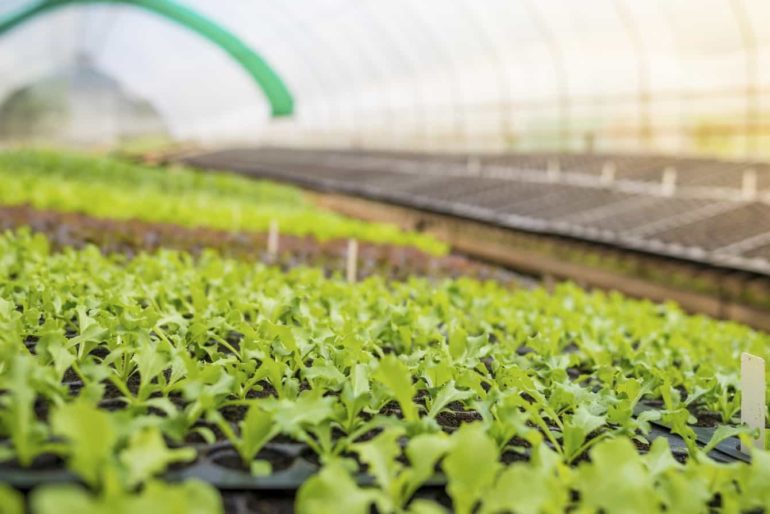Hydroponics & aquaponics grow media; list of growing media. 1. rockwool; 2. vermiculite; 3. growstone hydroponic substrate 4. pine shavings; 5. hydroton leca clay (grow rock) 6. oasis cubes; 7. floral foam; 8. water absorbing crystals/polymers; 9. coco coir, fiber & chips; 10. sand; 11. poly (polyurethane) foam; 12. air or slotted mesh net pot/cups. what to look while buying/using. Media based systems, also called flood and drain,” or “ebb and flow” are the most common aquaponics systems, popular with do-it-yourselfers, backyard home systems, and commercial farms. in a media-based system, plants are grown in a planting media such as gravel or expanded clay pebbles.. Essentially, aquaponics is a merge of aquaculture – fish farming, and hydroponics – growing plants in a water medium, aquaponics brings you the best of both worlds. let’s get into more details. aquaponics is a bio-integrated system which includes two main elements. aquaculture sub-system, consisting of fish or other animal aquatic cultures..
Students develop innovative solution to reduce
Clay pebbles 25 liter bag
Diy hydroponics
Types of growing media. soil is not used in aquaponic systems because it is not sterile, compacts in contact with water, and tends to clog filters and pumps. in an nft system, plants are grown directly in water. in most other aquaponic setups, a soil-less media is used. this growing medium, or substrate, is any material in which plant roots grow.. Aquaponics ( / ˈækwəˈpɒnɪks /) refers to any system that combines conventional aquaculture (raising aquatic animals such as snails, fish, crayfish or prawns in tanks) with hydroponics (cultivating plants in water) in a symbiotic environment.. Media-filled bed – aquaponics system designs. this is the simplest form of aquaponics, and you can build this using containers or tanks and fill them with media of your choice. the most commonly used media consists of expanded clay pebbles or small river rocks or lava rocks. their main purpose is to provide the plant roots a medium to grip on.


